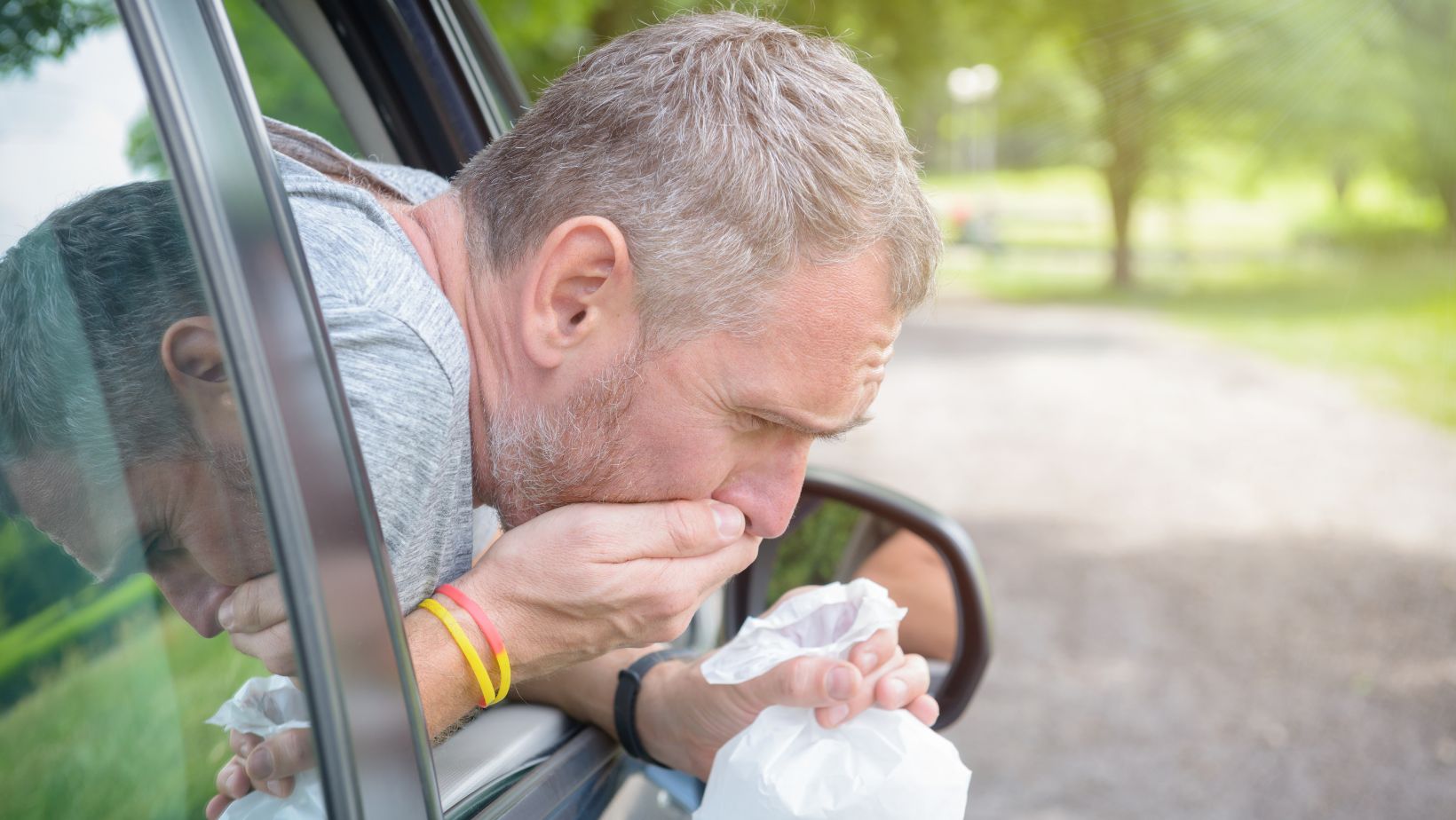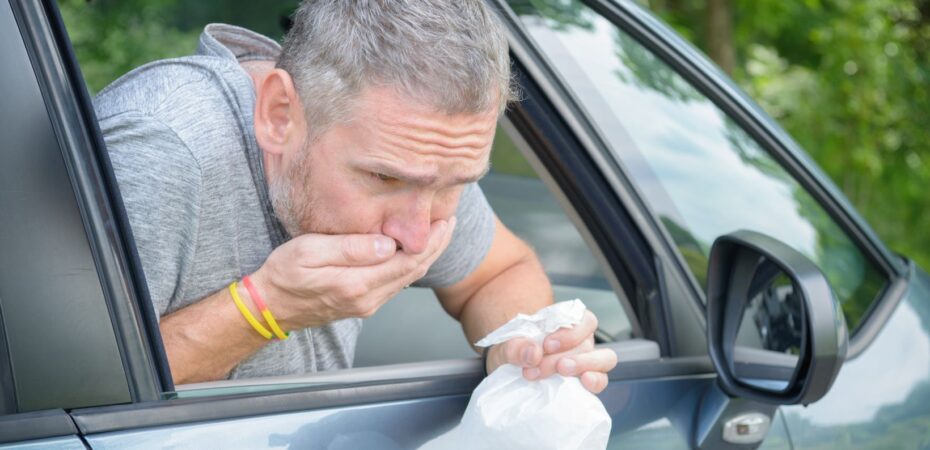Motion sickness is a common yet often misunderstood condition. Whether you’re traveling by car, boat, plane, or even amusement park rides, the unsettling sensation of nausea can put a real damper on your travel plans. While it’s tempting to write off motion sickness as an inevitable part of the journey, there are several proven strategies to reduce its impact and help you travel more comfortably.
In this post, we’ll explore effective ways to reduce motion sickness, ensuring that your travels are more enjoyable and stress-free.
Understanding Motion Sickness
Before diving into solutions, it’s important to understand what motion sickness is. Motion sickness occurs when there’s a conflict between the signals your brain receives from different senses. For example, when you’re in a moving vehicle, your inner ear senses movement, but your eyes might not see anything moving, creating a sense of confusion for your brain. This sensory mismatch triggers nausea, dizziness, and sometimes headaches.
Although it’s a common experience, motion sickness doesn’t have to ruin your trip. By taking proactive steps, you can manage and often prevent it altogether.
Tips to Reduce Motion Sickness
1. Choose the Right Seat
One of the easiest ways to minimize motion sickness is to choose a seat where you’ll feel the least movement. In cars, the front seat is typically the best choice, as the back seat can amplify the motion. On boats, sit in the middle, where the movement is less noticeable. For planes, sit over the wings for the most stable ride.
2. Focus on the Horizon
Looking at a stable point on the horizon can help your brain reconcile the sensory conflict between your eyes and inner ear. Whether you’re on a boat or in a car, focusing on a distant object (like a mountain or a building) can trick your brain into feeling more grounded.
3. Avoid Reading or Screens
Reading a book or staring at a screen in a moving vehicle can exacerbate motion sickness. The close-up focus on a fixed object (like a book or phone) while the body is moving can intensify the sensory mismatch. Instead, try to look out the window and focus on the movement of the landscape.
4. Stay Cool and Fresh
Heat can exacerbate nausea, so it’s essential to keep yourself cool during travel. If you’re feeling queasy, try to get some fresh air by opening a window or using a fan. Wearing breathable, comfortable clothing can also help. If you’re traveling by plane or boat, consider wearing a scarf or a lightweight jacket that you can easily adjust to maintain comfort.
5. Eat Light and Avoid Heavy Meals
Eating too much before or during travel can worsen motion sickness. Heavy or greasy meals can weigh down your stomach and increase the likelihood of nausea. Instead, opt for light, easily digestible foods, such as crackers, fruits, or nuts. Avoiding strong-smelling foods, which could trigger nausea, is also a good idea.
6. Hydrate Well
Dehydration can exacerbate motion sickness symptoms. Be sure to drink plenty of water during your travels, but avoid caffeinated or alcoholic beverages, as they can dehydrate you. Sipping water throughout the trip can help keep nausea at bay.
7. Ginger and Peppermint Remedies
Ginger and peppermint have long been known for their soothing effects on the stomach. Ginger, in particular, is a natural remedy that can help reduce nausea. You can consume it in various forms, such as ginger chews, ginger tea, or ginger ale (just make sure it contains real ginger). Similarly, peppermint, whether in the form of tea, candies, or essential oils, can help settle your stomach and alleviate nausea.
8. Use Over-the-Counter Medications
If you’re prone to motion sickness, consider using over-the-counter medications like Dramamine or Bonine before traveling. These medications can prevent nausea, but they often come with the downside of drowsiness. It’s important to try them out before your trip to ensure they work well for you. Be sure to follow the directions and consult your doctor if you have any concerns or take other medications.
9. Acupressure Bands
Acupressure bands are an increasingly popular remedy for motion sickness. These wristbands apply gentle pressure to the P6 acupressure point on the inner wrist, which some believe helps alleviate nausea. While the science behind these bands isn’t fully conclusive, many people find them effective in reducing motion sickness without the need for medication.
10. Take Breaks During Long Trips
For longer trips, taking frequent breaks can help reduce the chances of motion sickness. If you’re driving, stop every hour or two to stretch your legs, get some fresh air, and relax. If you’re on a long flight, walking around or doing simple stretches in your seat can help keep your circulation going and reduce the feeling of motion sickness.
Travel-Related Products That Can Help
In addition to the methods above, there are several products that can make a significant difference when it comes to traveling comfortably. For instance, the right accessories can help reduce the physical effects of travel, such as neck strain or eye strain, which can also contribute to nausea.

One such product is the Blakk Smoke hookah pen, a compact and portable device that can help you unwind after a long trip. While not directly related to motion sickness, having something soothing to focus on when you arrive at your destination can make all the difference in your overall experience.
What to Do If Motion Sickness Strikes
Despite your best efforts, motion sickness can still strike unexpectedly. If you begin to feel nauseous, there are a few steps you can take to calm yourself down:
- Sit Still and Close Your Eyes: Movement can worsen motion sickness, so try sitting still in your seat. Closing your eyes and relaxing can help your brain reset.
- Take Deep Breaths: Calm your body and mind with slow, deep breaths. Inhale through your nose, hold for a few seconds, and exhale through your mouth. This can help ease anxiety and reduce the intensity of nausea.
- Use a Cold Compress: Applying a cold compress to your forehead or the back of your neck can help alleviate discomfort and reduce feelings of nausea.
Final Thoughts
Motion sickness is an inconvenience that many travelers face, but it doesn’t have to ruin your trip. By understanding what causes motion sickness and taking proactive measures to reduce its effects, you can make your travels more enjoyable.
From choosing the right seat to trying natural remedies like ginger and peppermint, there are plenty of ways to combat motion sickness. Remember, preparation is key, so equip yourself with the right knowledge and products to help you travel better and more comfortably. Happy travels!


 By
By 




